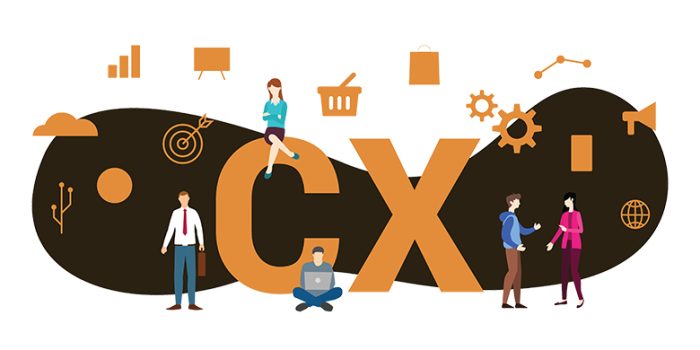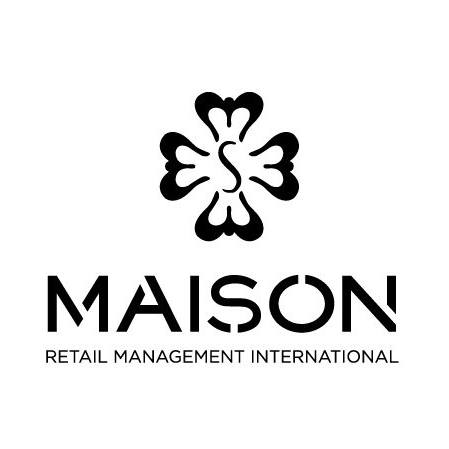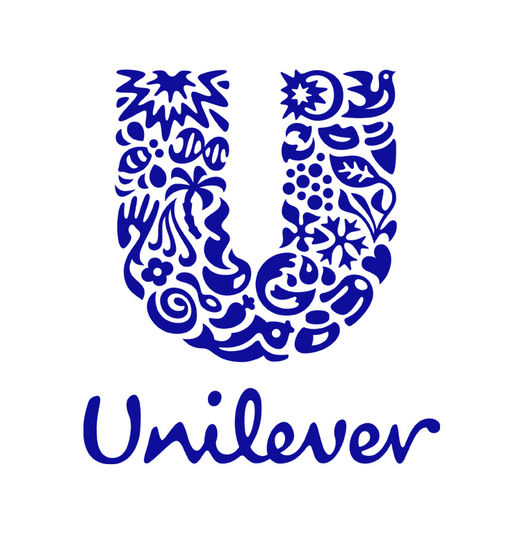Investing in Customer Experience (CX) for Long-term ROI with Loyalty and One to One customer engagement.
KEY FINDINGS
The tangible outcome of customer experience (CX) invest- ments and programs is long-term ROI derived from improved satisfaction, loyalty, and advocacy.
Since the ROI from CX program is often difficult to validate, the marketers responsible for CX programs face pressure to measure CX in short-term finan- cial outcomes to justify investment. However, showing how a program can save costs or lift margins without also focusing on how it improves customer relationships damages the customer-centric focus of CX efforts. All in all, when the short-term financial impacts are not proved, no investment in CX would ensue; on the other hand, no investment in CX at all would cause struggles to the company’s long-term viability.
Customer experience management involves meeting and exceeding customer expectations to increase customer satisfaction, loyalty and advocacy, but it’s not always clear how CX success connects to financial results. While everyone in the organization will agree that improving customer experience and satisfaction is a good idea, many don’t know what this improvement is actually worth to the company. This doubt undermines the support, funding and collaboration necessary for CX programs.
To secure and retain support, combine and use customer-sourced and transactional data to demonstrate the ROI of CX. This involves proving the relationship between improved customer satisfaction and increased retention, greater sales, lower costs or other business and financial measures.
Recommended approach
There are right and wrong ways to justify CX investments. The wrong way is to tie efforts directly to financial or short-term outcomes without regard for the impact to the customer. For example, an organization that adds a self-service feature to their website cannot claim CX success simply because they reduced customer call volumes unless they also measure if the new feature improves customer satisfaction, loyalty and advocacy. This new feature may, in fact, improve customer experience, but an organization cannot know if it has unless it measures the impact from the customer’s perspective.
To improve the support, understanding and funding of customer experience initiatives:
– Combine customer-sourced measures of relationship health (such as Net Promoter Score or customer satisfaction) with transactional data (purchase or referral volume, for example) to correlate how customer satisfaction drives key business and financial results. Avoid ROI approaches that tie CX efforts only to improved sales or reduced costs while ignoring the impact on customer satisfaction or perception.
– Data, data, and data: Data is not just a buzzword but a mean to truly make the transformational decisions. Executives asking for a method to validate the investment in CX or to simply visualize the impact of CX to business outcomes are not necessarily in the wrong. CX officers should seek for reliable tools, third party SaaS solutions, or methods to visualize the impact of excellent CX to business outcomes.
Without knowing the business value of customer satisfaction, CX often remains viewed as a “nice to have” — something you do more for the customer than the brand. An altruistic desire to be more customer-centric is admirable, but over the long term, that cannot keep leaders and peers engaged in your CX initiatives. Conversely, if CX only focuses on directly measurable financial results such as cost savings or short-term sales improvements, it loses its focus on the customer.
This means that neither approach — only measuring customer satisfaction or only measuring attributable financial outcomes is correct.
B2B or B2C, CX is crucial
To provide useful CX data and analysis that drive attention and action, those responsible for CX must:
– Collect the direct, indirect and inferred feedback data that best reveals customer perceptions and satisfaction with your product, brand or organization.
– Analyze the data to demonstrate how the organization can achieve its business and financial goals through improved customer satisfaction.
– Ensure that each leader receives the data and measures that best meet their specific needs and will most influence their custom- er-centric decisions.
The secret to bridging the gap between CX’s necessary customer focus and your organiza- tion’s obligatory business focus is to demon- strate how the two are related. Smart organi- zations show that more satisfied customers deliver business results with improved loyalty (e.g., increased frequency or order value, higher retention and greater lifetime value) and advocacy (e.g., more referrals, improved word of mouth and increased inbound traffic).
Many organizations have models for estab- lishing customer lifetime value (LTV). This is a particularly powerful KPI that reflects the sum of many individual customer attributes, particularly in relation to customer acquisi- tion cost (CAC).
Moving from traditional approach to One to One marketing & loyalty
The digital marketing landscape is undergoing a rapid and profound transformation right now. The proliferation of digital channels, the shifting regulatory and privacy environment, and the growing expectation for more personalized experiences are challenging the industry to adapt and innovate. Consumers want brands to show empathy and relevance in every touchpoint, creating a tension that affects every aspect of marketing – from strategy to execution. Traditional mass-marketing approaches that rely on segments, batches, and campaigns are no longer effective – they are outdated and inefficient. The market has evolved towards real-time technologies and one-to-one customer interactions. This combination enables more engaging experiences, fosters stronger relationships, and enhances customer loyalty. This change was not only inevitable, but it was also opportune – for both consumers and businesses.
One way to show the importance of improving customer perception with your VoC data is to align your marketing strategy with your business objectives. Many companies fail to ask themselves a crucial question: What is the purpose of our marketing efforts? Without a clear answer, they risk wasting resources, creating conflicts, and losing customers. A holistic approach to marketing requires a shared vision of the desired outcomes, a collaborative culture among different teams, and a unified view of the customer journey. By using your VoC data to understand and influence customer perception, you can create more effective and consistent marketing campaigns that drive growth and loyalty.
Marketing messages have become intrusive and annoying, rather than providing value. Organizations that ignore the big picture and their own long-term viability have worsened this situation. It’s a downward spiral – with organizations compromising quality to beat the competition. This is easy to recognize once pointed out, but hard to change – factors like organizational culture, process, technology alignment, and a campaign-centric mindset are all obstacles.
The idea of one to one marketing has been around for more than two decades, but it was never feasible with the existing technology. However, the emergence of real-time artificial intelligence has enabled this vision and brought significant benefits to both businesses and customers. Yet, there are still barriers of culture and inertia that need to be overcome.
To transition from traditional marketing to a more modern, always-on approach that can create sustainable value, organizations must implement the following three core innovations:
- Replace segmentation-based marketing with optimizing individual, one-to-one interactions with customers.
- Shift from channel and product-driven targeting to a single, centralized decisioning model that can unify the customer experience.
- Stop scheduled push campaigns and adopt an always-on model that continuously engages individual customers during their “moments of need.” Next, we’ll explain each of the three requirements, why they’re critical, and what needs to change to make them a reality.
In this section, we will present two practical examples of how Utop customers have leveraged innovation to enhance their customer experiences and loyalty. These use cases will illustrate the benefits and challenges of implementing Utop solutions in different contexts and industries. We will also share the best practices and lessons learned from these successful cases, and how they can inspire other businesses to adopt Utop’s innovative approach.
CASE STUDY:
- Case 1:
|
- Case 2:
|
Exclusive article by FPT IS Technology Expert
Pham Nguyen Vu
Co-founder, CEO of Utop company – member of FPT IS.
FPT Information System Company.


















